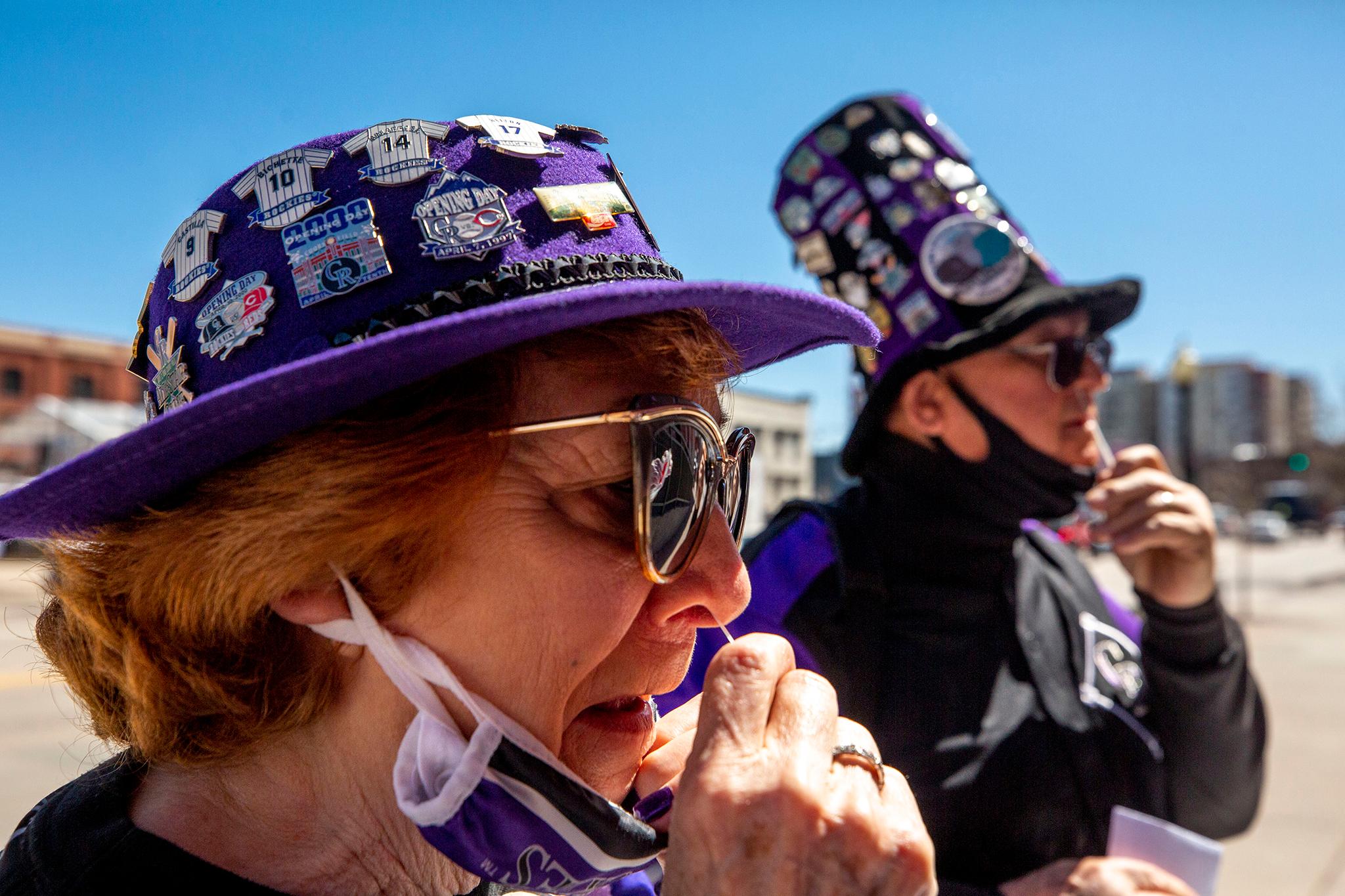Once upon a time, there was only one way to get a COVID test in Denver. You had to go to a doctor or get in line at a community clinic, like the big one that took over Ball Arena's parking lot in 2020.
Because testing was narrow, and limited, it was easy for health officials to log all of those results into a larger system and create data that was actually useful to regular people. Case numbers and positivity rates were comprehensive and did a good job showing infection waves. It allowed the state to issue clear guidelines on risk levels.
Now that's changed.
We've clawed our way out of the deepest parts of this pandemic pit, in part by making testing more easily available. You can now get rapid tests from your local pharmacy or free through the federal government, handle your own saliva at home and make very quick decisions about whether visiting grandma is a good idea. But the emergence of at-home testing has damaged the broader data systems that once helped keep us all on the same page.
Tori Burket, manager of Denver's epidemiology program, said regular people can no longer use case rates as a way to understand COVID risks, since at-home tests are rarely reported to officials.
"That number, by itself, is not reliable," she told us. "It's not a true indicator of what's happening in the community."
Even public health officials don't bother sending rapid test results to local or state agencies, she said.
Officials do, however, still rely on trends they see in this less-reliable date, though Burket said they do so with a whole list of nuances in mind. It's much tougher than before to communicate risk to the public.
So where should you go if you do keep tabs on COVID transmission?
Burket said she usually keeps an eye on a "community level" label that the Centers for Disease Control updates for counties every Thursday. They make things simple: risk is listed as "high," "medium" or "low."
Though CDC does use less-reliable case rates to determine risk, Burket said she trusts their system because it also takes hospital admissions and available beds into account. Hospitalizations are a better indicator of spread, she told us, since serious cases generally won't be ignored like positive tests. And hospital capacity is a good measure of risk, because healthcare systems that are not inundated with patients ought to have room to treat someone who gets very sick.
To that end, Denverite has removed state-run case and positivity numbers from our daily newsletter and replaced them with the CDC's weekly level marker. We know lots of our readers have come to rely on COVID stats, and the change is an attempt to keep providing them with information that is actually accurate and useful. (P.S. if you're not signed up for our newsletter, you should absolutely join the party!)
Burket also told us she and her colleagues recognize risk is different for everyone, and there's likely a gray area between the "high" label, when hospitals are packed, and "medium," when some people might feel perfectly comfortable going shopping without a mask.
"The message we're trying to put out is: understand your personal situation," she told us. "We don't want to downplay the messaging and say, 'Don't worry about it.'"
Are you immunocompromised? Do you hang out with people who are? Do you feel comfortable going without a mask? Or going out at all? The CDC's transmission levels might help give you some guidance. The rest is generally up to you.
Burket said the biggest recommendation is the same as it's been for over a year: Get vaccinated and stay up to date on the latest booster guidance.
And though she told us it is possible mask mandates could come back if things get really bad again, she's not aware of any set guidelines dictating how or when that could happen. In the meantime, she said the city will keep posting updates to their website - we'll also keep covering those updates if there's anything you need to know.












